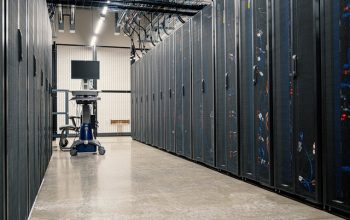There is little time in a disaster to think about actions, yet employees must move quickly and efficiently to safety to avoid loss of life. People can’t stop, questioning which door to exit, nor can they pack up belongings, delaying departure. Managers may assist in the proper procedures by thinking about safety ahead of time and disseminating the information appropriately. The following are three vital things to consider.
1. Monitor the Building’s Safeguards
First, as a proprietor, be proactive about safety measures. The purchase of various equipment could by additional time for people to leave and reduce the destruction of assets. Consider hiring an outside company to audit the building. In the report, look at various possibilities, including fire, tornado and flood. These conditions have different impacts and require unique approaches.
Focus on limiting the physical impact a disaster might cause. Do you have fire extinguishers and sprinklers? Is your building stocked to minimize sudden water overflow? Have the proper devices put in place and be sure it follows the rules of installation of fire code California. Have safe rooms for intense winds and clear exit paths for other events.
2. Create a Disaster Plan
Knowledge permits people to reduce chaos and last-minute decisions. Walkthrough the building with a team of employees, discussing how many ways employees might be able to get out. Decide which paths are better than others and if any obstacles must be removed to ease the travel. Post these pathways so that others see the notices regularly. In case of an emergency, the brain is already prepared to look and follow arrows.
Then, as a team dictates policies for how to react. Should anything be shut off before departure? Should people meet at a specific location? Who is in charge of taking counts and making contact with staff when outside the facility? Finally, decide on several people to become medical assistants. Provide training in CPR. Relay all of this information to your office members.
3. Run Drills at Least Once a Year
The repeated practice of emergency drills is not meant to be annoying; rather, consistent participation may decrease nervousness and improve reaction time. Empower your staff by having them go through the procedures at least once a year.
Company managers and owners could prevent an emergency from becoming a devastating loss if proper actions are completed. Think ahead about what could go wrong and devise a way to get around the complication. Then, work with professional safety staff to ensure that the proper equipment is installed.




